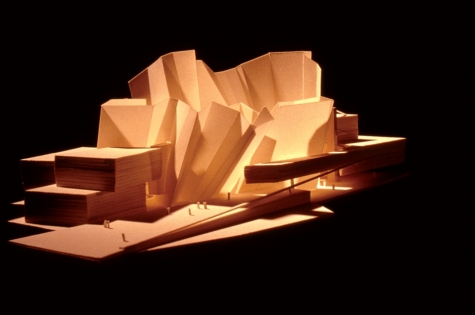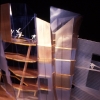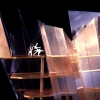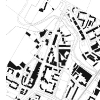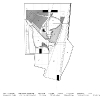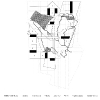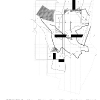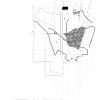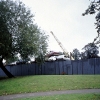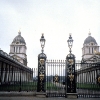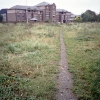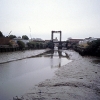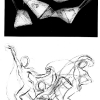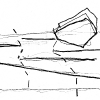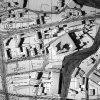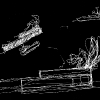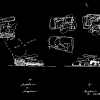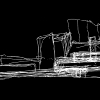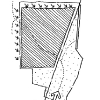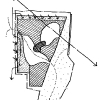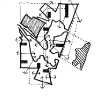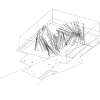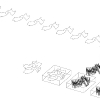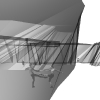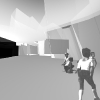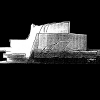Laban Centre for Movement and Dance Invited Competition
Project Description
The site of the competition is a Lewisham Council owned waste recycling depot. It lies inland south of Creek Road on the east side of Deptford Creek. The site has had a number of industrial uses before, notably a soap works, a manure works, barge building works and an asphalt wharf building. From about 1420, a Royal Dockyard was established at Deptford where the King’s ships were fitted out. Sir Francis Drake sailed in the Pelican and James Cook set off in the Endeavour. The world’s first industrial power station is situated in the area. Deptford also boasts London’s first railway line, constructed in 1836.
Deptford exhibits many of the symptoms associated with the decline of its industries; and the surrounding communities display common reactions connected with inner city depravation,
overall environmental dereliction and economic decline.
The other “site” of the competition is the work of Rudolf Laban. Laban is credited with being the most influential figure in dance in the 20th century. His work and research have permeated through and beyond many aspects of education, art and ideas on human expression. He was a dancer, thinker, choreographer, pioneer notationer and teacher; he was especially interested in thinking about the body in action in space and the study of spatial forms. He declared that “movement is living architecture.”
This notion of three-dimensionality is captured in his belief that the mind, body and spirit are interdependent through movement which as a universal phenomenon, is inherent in all living things and a constant factor in the human body.
The competition submittal endeavors to capture Laban’s sense and notions of movement by contrasting ideas of fixity and movement, weight and weightlessness, and community and the individual. Response to the site contrasts the elegant and ephemeral with the industrial and the crude.
The proposed building is at once anonymous, rectangular and mute; and also exuberant, reaching and alive. At the points where dance studios are placed, the building is orthogonal and structured—a simple frame to activity. Where students converge and the public attends, the building is wildly expressive and unanticipated—a canyon carving of public space.
